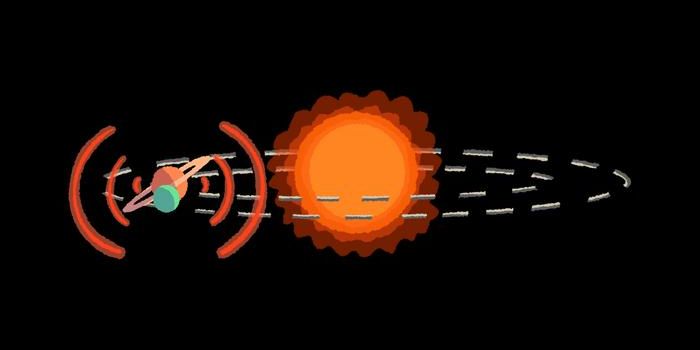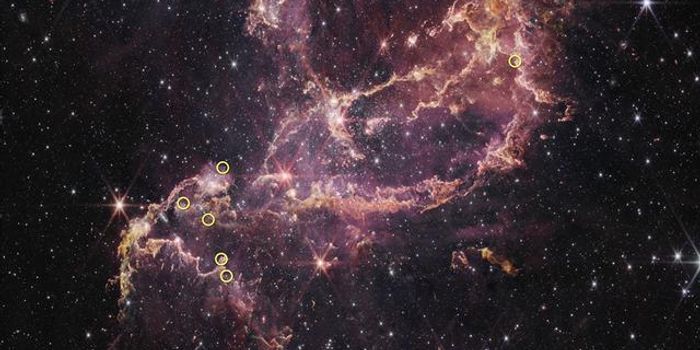Binary Black Hole Pair Resolved in the Center of Nearby Galaxy Merger
A team of astronomers have found a pair of supermassive black holes near the center of a newly forming galaxy. The black holes were found hiding in the center of the galaxy merger known as UGC 4211. These actively accreting – or growing – black holes are the closest separation black hole binary pair to be imaged in multiple wavelengths of light to date. In addition, these results suggest that binary black holes – or black holes in orbit around each other – and the galaxy mergers that create these pairs may be more common in the Universe than previously thought.
These exciting results were recently published in The Astrophysical Journal Letters, while simultaneously revealed in a press conference at the 241st meeting of the American Astronomical Society in Seattle, Washington.
Galaxy mergers occurred more frequently in the early – or distant – Universe. Thus, due to their great distances, these mergers can be very difficult to observe and resolve in great detail. Due to its proximity at only 500 million light-years from Earth, UGC 4211 is an ideal candidate for studying the late stages of galaxy mergers. The small distance allowed the team to resolve details of the core of this galaxy merger that would otherwise be impossible to do for galaxy mergers at large distances.
At the center of UGC 4211 lies an active galactic nuclei – a compact and highly luminous central region whose extreme brightness is caused by the accretion of matter onto a central black hole. This region has been observed previously, but the team of astronomers wanted to be able to resolve and see the details of this core.
The team used the Atacama Large Millimeter/submillimeter Array (ALMA) to resolve the details of the merger’s core. Upon inspection of the image, the team actually found two black holes in the location of the active galactic nuclei, separated by a mere 750 light-years. Both of these black holes are also actively accreting gas and dust that have gotten too close to them during the galaxy merger.
The use of ALMA was crucial to this discovery, as it has high sensitivity and spatial resolution. The long wavelengths at which the telescopes observe allow it to peer through large columns of gas and dust, while the vast number of telescopes arranged at large distances allow it to see very small details of an astronomical object.
The discovery of two black holes so close together in the nearby Universe could mean that close separation binary black hole pairs are commonplace. Ezequil Treister, co-author of the paper, notes that “there might be many pairs of growing supermassive black holes in the centers of galaxies that we have not been able to identify so far.”
If these types of objects are prevalent in the nearby Universe, then astronomers may be able to detect the gravitational waves created by their eventual unions in the not-so-distant future.









